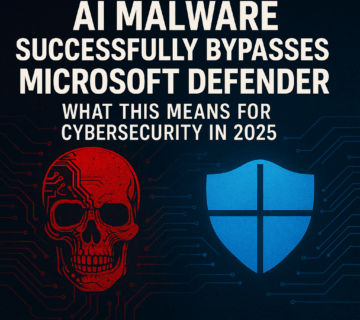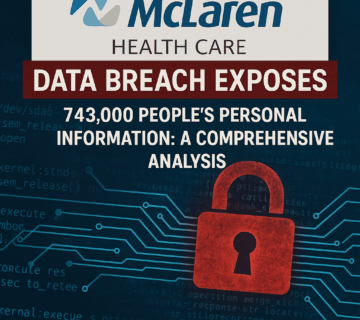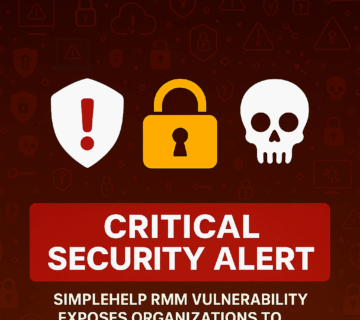
AI Malware Successfully Bypasses Microsoft Defender: What This Means for Cybersecurity in 2025
examines the emergence of AI-powered malware and its implications for cybersecurity. It highlights research demonstrating AI malware's ability to bypass Microsoft Defender, though currently at a modest 8% success rate, indicating limitations in current AI models. The sources discuss the resources required to develop such malware and emphasize that traditional attack vectors remain significant threats. Ultimately, the text underscores the ongoing arms race between cyber defenders and attackers, stressing the need for adaptive and comprehensive security strategies. ... Read More



